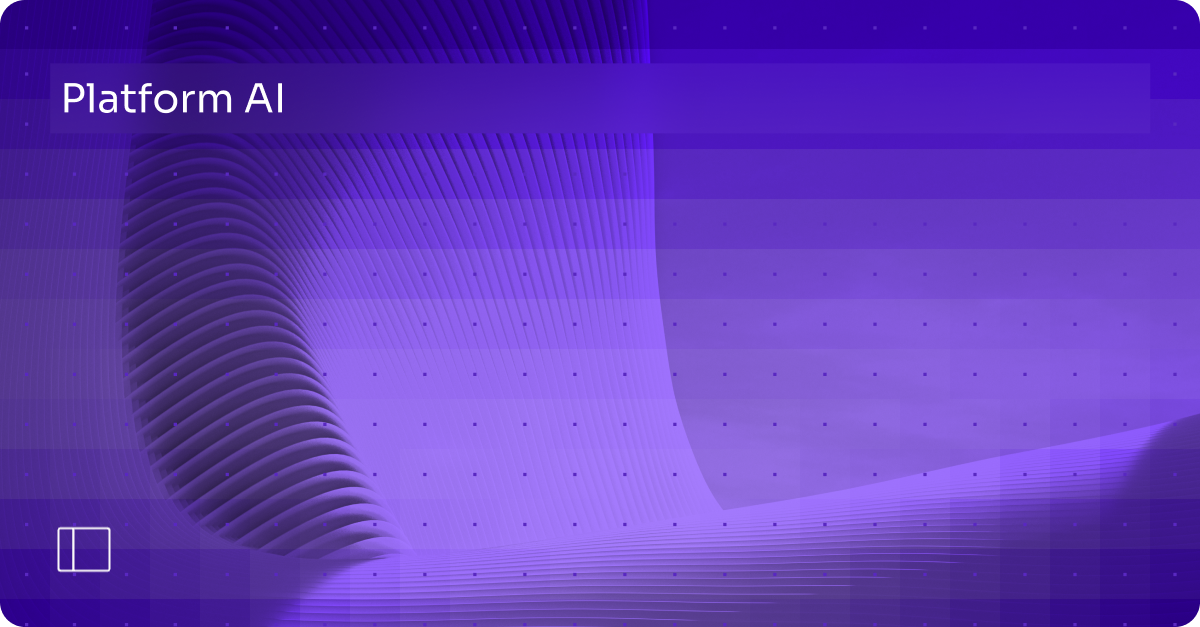As healthcare leaders navigate the impossible challenge of staffing shortages, growing operational complexity, and financial pressure, one thing is clear: the way work gets done in healthcare must change.
At Noteworthy 2025, Dr. Aaron Neinstein, Chief Medical Officer at Notable, shared a compelling perspective on this inflection point and what healthcare leaders must do to stay ahead.
Here are three key trends that emerged.
1. From scarcity to elasticity: AI is redefining the healthcare workforce
Staffing constraints are not a temporary burden. They’re a structural challenge. Health systems are grappling with vacancies they can’t fill, attrition they can’t prevent, and growing volumes of work that outpace human capacity.
As Dr. Neinstein observed, the traditional solution of hiring more staff is now both financially and operationally unsustainable.
The forward-looking alternative lies in embracing technology: an elastic workforce enabled by AI Agents. These digital workers can handle high-volume, routine tasks like scheduling, documentation, chart review, patient outreach, and more. And they can do so with incredible speed and consistency.
By offloading labor-intensive workflows to AI, organizations can create operational surge capacity, refocus human staff on high-impact tasks, and deliver a more consistent patient experience, handling everything from the January medication crisis to 10:00 pm phone calls on a Saturday night.
2. AI Agents are already doing the work: Real results from real use cases
AI in healthcare is no longer hypothetical. From large academic medical centers to regional health systems, healthcare organizations are already using AI-powered automation to deliver tangible results.
Examples highlighted at Noteworthy 2025 include:
- CommonSpirit Health launched automated postpartum mental health outreach, and immediately, a patient was identified as high risk. The patient received timely follow-up, getting the critical care they needed right away.
- Catholic Health replaced an entire call line with Voice AI, increasing containment from 30% to 55% and saving over $300K.
- MIT Health is reviewing 100% of in-scope ambulatory charts autonomously.
These aren’t pilots. They’re scaled implementations delivering real ROI, improving productivity, and reducing the risk of patients falling through the cracks.
Health systems that aren’t already using AI Agents are falling behind.
3.A new infrastructure for change agents
Effective healthcare transformation won’t come from technology alone. It will come from people willing to step into the ring and work with technology to drive change.
That’s where tools like Sidekick and Flow AI come into play. These tools empower frontline operational staff, IT teams, and clinical leaders to:
- Build and deploy AI-powered workflows
- Automate repetitive, high-friction tasks to perform them quickly and with fewer errors
- Customize solutions without needing developers.
This shift democratizes transformation. Instead of waiting for top-down innovation, health system employees can take action quickly to fix what’s broken.
The bottom line: Healthcare can't wait
The status quo – manual processes, staffing band-aids, and inconsistent workflows – isn’t just inefficient. It’s dangerous. Administrative failures delay care, reduce quality, and erode trust.
As Dr. Neinstein put it: “We can’t keep doing what we’re doing and expect things to work out.” As he shared during his Noteworthy keynote, challenging times often spark breakthroughs. And the tools now exist to create a fundamentally better system.
The opportunity is enormous. Health systems can build a scalable, AI-supported workforce that transforms the economics of care delivery, improves outcomes, and restores time to patients and providers.
The organizations that seize this moment won’t just survive, they’ll set the standard for what healthcare should be.










